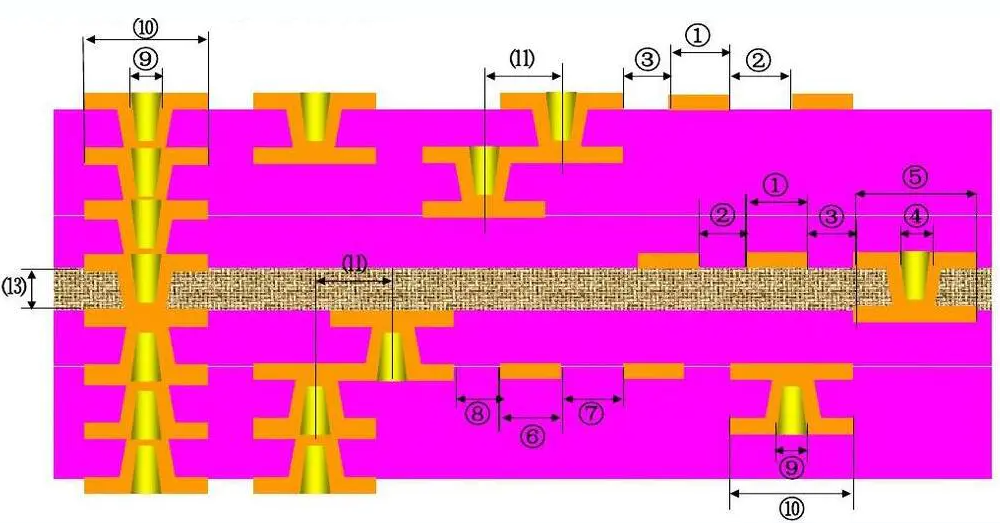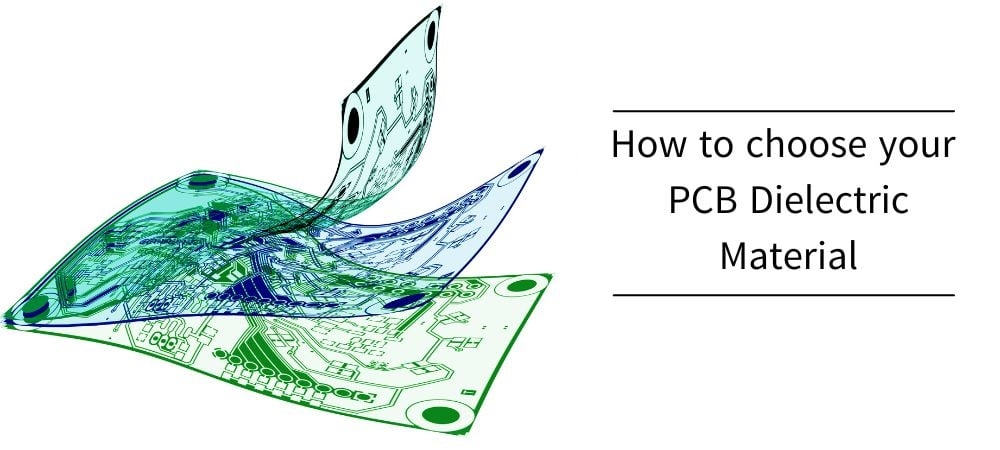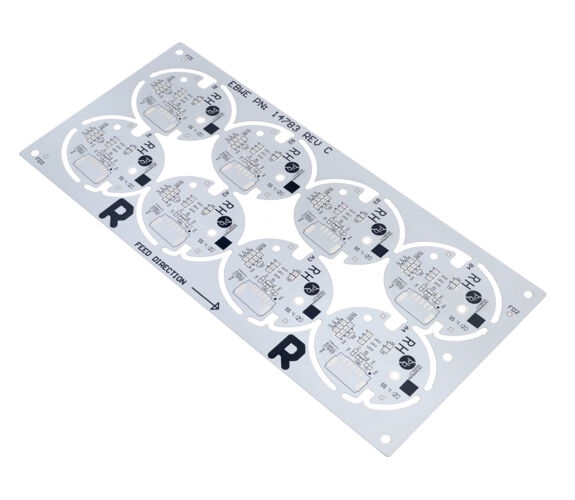Space probes face some of the harshest environments imaginable, from extreme temperatures and vacuum conditions to radiation and outgassing risks. Protecting the printed circuit boards (PCBs) inside these probes is critical for mission success. Conformal coatings play a vital role in safeguarding space probe electronics, ensuring long-term reliability under these brutal conditions. In this blog, we’ll explore how conformal coatings protect against space outgassing, shield electronics from radiation, and enhance long-term electronics reliability in space, while also touching on the role of PCB surface finishes in this process.
Whether you're designing electronics for a space mission or simply curious about the technology behind space exploration, this guide will break down the essentials of conformal coatings and their importance in protecting PCBs in space. Let’s dive into the details of how these protective layers work and why they are indispensable for space probe missions.
What Are Conformal Coatings and Why Do They Matter for Space Probes?
Conformal coatings are thin, protective layers applied to PCBs to shield electronic components from environmental hazards. These polymeric films "conform" to the shape of the board, covering every nook and cranny to provide a barrier against moisture, dust, chemicals, and other threats. In the context of space probes, conformal coatings are a first line of defense against the unique challenges of space, such as vacuum-induced outgassing, intense radiation, and drastic temperature swings.
Space probes operate in an environment where even a small failure in electronics can jeopardize an entire mission. A single short circuit or corrosion event could mean the loss of critical data or communication with Earth. By applying conformal coatings, engineers ensure that the delicate components on a PCB remain functional for years, even in the harshest conditions. These coatings are not just a luxury but a necessity for achieving long-term electronics reliability in space.
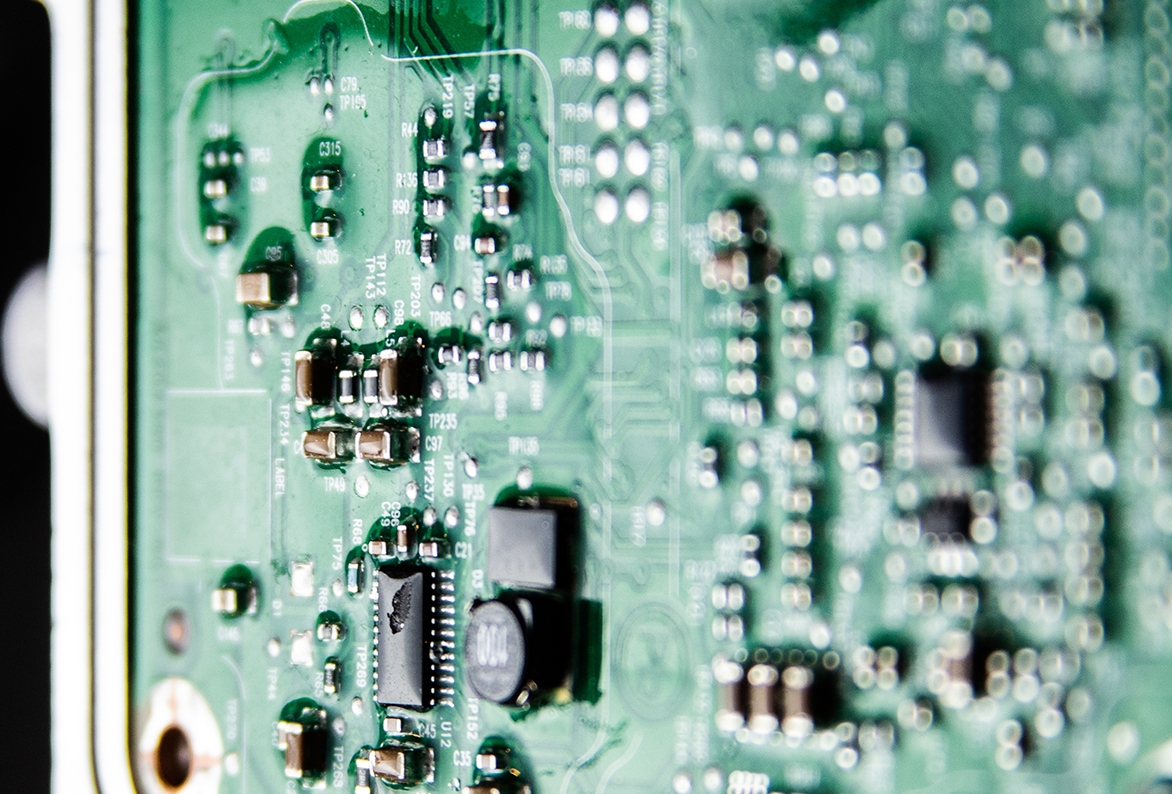
The Harsh Conditions of Space: Challenges for PCBs
Before we dive into the specifics of conformal coatings, it’s important to understand the unique challenges that space probe PCBs face. These conditions push electronics to their limits, and without proper protection, failure is almost guaranteed.
1. Vacuum and Space Outgassing
In the vacuum of space, there’s no air to dissipate heat or prevent the release of volatile compounds from materials. This phenomenon, known as outgassing, can be disastrous for electronics. When materials release gases in a vacuum, these gases can condense on nearby components, forming a conductive layer that causes short circuits or corrosion. Conformal coatings to protect against space outgassing are specifically designed to minimize this risk by sealing components and preventing the release or accumulation of harmful gases.
2. Radiation Exposure
Space is filled with high-energy radiation, including cosmic rays and solar particles, which can penetrate electronic components and cause malfunctions. Radiation can degrade materials, disrupt signals, and even cause permanent damage to semiconductors. Using coatings against radiation in electronics helps absorb or deflect some of this energy, reducing the impact on sensitive components and extending the lifespan of the PCB.
3. Extreme Temperatures
Temperature fluctuations in space can range from -150°C in the shade to over 120°C in direct sunlight. These extremes can cause thermal expansion and contraction, leading to mechanical stress on components and solder joints. Conformal coatings provide a buffer, helping to stabilize the PCB and prevent cracking or delamination during these temperature swings.
4. Vibration and Mechanical Stress
During launch, space probes endure intense vibrations and mechanical shocks. These forces can loosen components or crack solder joints if the PCB isn’t properly protected. Conformal coatings add an extra layer of structural support, damping vibrations and reducing the risk of physical damage.
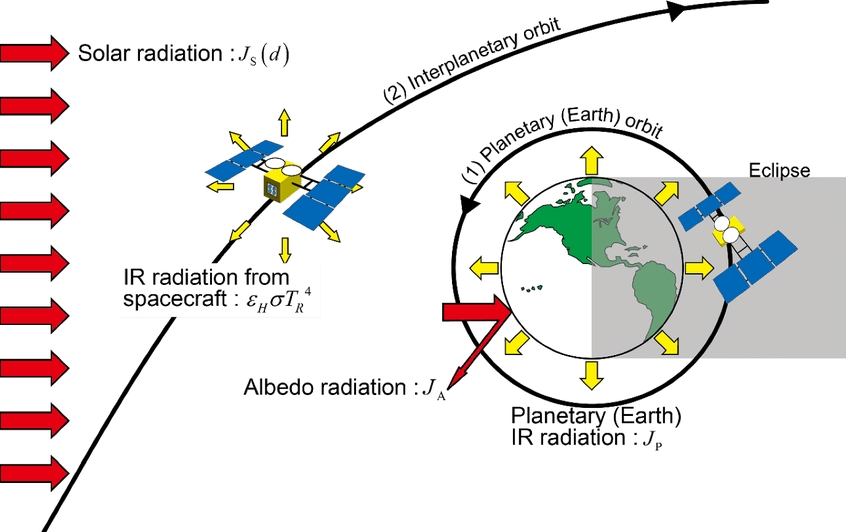
Types of Conformal Coatings for Space Probe PCBs
Not all conformal coatings are created equal. Different materials offer unique properties that make them suitable for specific challenges in space. Here’s a breakdown of the most common types used for space probe PCBs and their benefits.
1. Silicone Coatings
Silicone conformal coatings are highly flexible and resistant to extreme temperatures, making them ideal for space applications. They can withstand thermal cycling from -65°C to 200°C without cracking or losing adhesion. Additionally, silicone coatings have low outgassing properties, which is critical for preventing contamination in a vacuum environment.
2. Parylene Coatings
Parylene is a unique coating applied through a vapor deposition process, creating an ultra-thin, uniform layer that conforms perfectly to the PCB’s surface. It offers excellent protection against moisture, chemicals, and radiation, making it a top choice for coatings against radiation in electronics. Parylene also has extremely low outgassing rates, ensuring it won’t contribute to contamination in space.
3. Acrylic Coatings
Acrylic coatings are easy to apply and provide good protection against moisture and dust. While they may not offer the same level of thermal or radiation resistance as silicone or parylene, they are often used in less demanding areas of a space probe’s electronics. Acrylics are also easy to rework or remove if repairs are needed before launch.
4. Urethane Coatings
Urethane coatings are known for their toughness and resistance to abrasion and chemicals. They provide solid protection against mechanical stress and vibration, which is essential during the launch phase of a space mission. However, they may not perform as well under extreme temperature fluctuations compared to silicone or parylene.
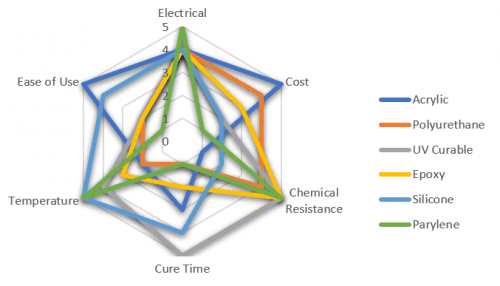
How Conformal Coatings Enhance Long-Term Electronics Reliability in Space
One of the primary goals of using conformal coatings on space probe PCBs is to ensure long-term electronics reliability in space. Missions often last for years, and there’s no opportunity for repairs once a probe is in orbit or beyond. Here’s how conformal coatings contribute to durability and performance over extended periods.
Preventing Corrosion and Contamination
Even in the vacuum of space, trace amounts of moisture or contaminants trapped during assembly can cause corrosion over time. Conformal coatings act as a barrier, sealing out these threats and preventing degradation of conductive traces and components. For example, a parylene coating with a thickness of just 10-20 micrometers can provide a robust shield against such issues.
Reducing Electrical Failures
Conformal coatings increase the dielectric strength of a PCB, reducing the risk of electrical arcing or short circuits. In space, where high-voltage systems are common, this added insulation is crucial. Coatings like silicone can achieve dielectric strengths of up to 500 volts per mil (0.001 inch), ensuring stable operation even under stress.
Mitigating Radiation Damage
While no coating can fully block cosmic radiation, certain materials like parylene can reduce its impact by absorbing or scattering charged particles. This helps protect sensitive components like microcontrollers and memory chips, which are prone to data corruption or failure when exposed to radiation over time.
Ensuring Thermal Stability
Thermal management is a major concern for space electronics. Conformal coatings help by providing a uniform layer that minimizes thermal stress on components. For instance, silicone coatings can maintain their integrity across a temperature range of over 250°C, ensuring that the PCB remains stable during long missions.
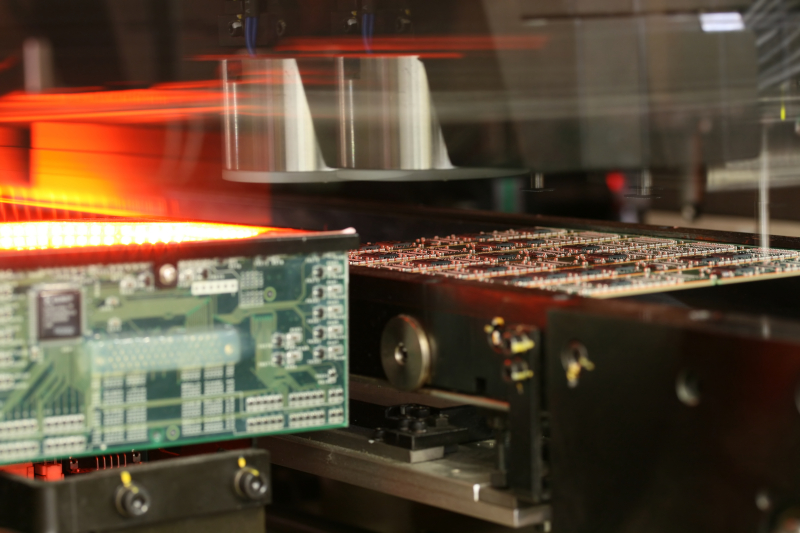
The Role of PCB Surface Finishes in Conformal Coating Effectiveness
While conformal coatings are the primary protective layer, the underlying PCB surface finishes also play a critical role in ensuring reliability. Surface finishes are applied to the copper traces of a PCB to prevent oxidation and improve solderability, but they must be compatible with the chosen conformal coating for optimal performance.
Common PCB Surface Finishes for Space Applications
1. ENIG (Electroless Nickel Immersion Gold): This finish provides excellent corrosion resistance and a flat surface for component mounting. It’s compatible with most conformal coatings and is often used in space applications due to its durability.
2. Immersion Silver: This finish offers good conductivity and is suitable for high-frequency signals, which are common in space communication systems. However, it requires a robust conformal coating to prevent tarnishing over time.
3. HASL (Hot Air Solder Leveling): While less common in space applications due to its uneven surface, HASL can be used for less critical components. It must be paired with a coating that can fill in surface irregularities.
Compatibility with Conformal Coatings
The adhesion of a conformal coating depends heavily on the surface finish. For example, ENIG provides a smooth, clean surface that allows coatings like parylene to bond tightly, ensuring no gaps or weak spots. Poor adhesion can lead to delamination over time, especially under thermal cycling, so choosing the right combination of finish and coating is essential for space missions.
Application Methods for Conformal Coatings in Space Probe Manufacturing
Applying conformal coatings to space probe PCBs is a precise process that must meet strict standards. Even a small defect in the coating can lead to failure in space. Here are the most common application methods used in the industry.
1. Brush Application
Brushing is a manual method used for small-scale production or rework. It allows for precise application in specific areas but is prone to uneven coverage and is rarely used for space-grade PCBs.
2. Spray Application
Spraying, either manually or with automated systems, provides a more uniform layer and is suitable for larger batches. It’s commonly used for silicone and acrylic coatings, though it requires careful masking of areas like connectors that must remain uncoated.
3. Dip Coating
Dip coating involves immersing the PCB in a liquid coating material. It ensures complete coverage but can be challenging to control thickness and may lead to excess material buildup in certain areas.
4. Vapor Deposition (for Parylene)
For parylene coatings, vapor deposition is used to create an ultra-thin, uniform layer. This method is ideal for space applications because it eliminates the risk of bubbles or uneven coverage, providing consistent protection across the entire PCB.
Regardless of the method, space probe PCBs often undergo rigorous testing after coating to ensure there are no defects. This may include thermal cycling tests, vacuum chamber simulations, and electrical performance checks to confirm the coating’s integrity.
Testing and Standards for Conformal Coatings in Space Applications
Space missions leave no room for error, so conformal coatings must meet stringent standards. Organizations like NASA and the European Space Agency (ESA) have established guidelines for materials and testing to ensure reliability. Some key standards include:
- NASA-STD-8739.1: This standard outlines requirements for polymeric applications, including conformal coatings, in space hardware. It emphasizes low outgassing and thermal stability.
- ECSS-Q-ST-70-02C: A European standard that defines test methods for outgassing in space materials, ensuring that coatings won’t release harmful gases in a vacuum.
- MIL-I-46058C: A military specification often referenced for space applications, focusing on the electrical and environmental performance of conformal coatings.
Testing often involves exposing coated PCBs to simulated space conditions, including vacuum chambers, radiation sources, and temperature extremes. For instance, a typical test might cycle a PCB between -100°C and 100°C for 1,000 cycles to verify the coating’s durability. Only coatings that pass these rigorous tests are deemed suitable for space missions.
Conclusion: The Critical Role of Conformal Coatings in Space Exploration
Conformal coatings are an unsung hero in the world of space exploration, providing the protection that space probe PCBs need to survive the harshest conditions imaginable. From shielding against radiation and outgassing to ensuring thermal stability and mechanical durability, these coatings are essential for achieving long-term electronics reliability in space. When paired with the right PCB surface finishes, they create a robust defense system that keeps critical electronics operational for years.
At ALLPCB, we understand the unique demands of space applications and are committed to supporting engineers with high-quality PCB solutions. Whether you’re working on a space probe or another high-reliability project, choosing the right combination of materials and protective layers is key to success. By leveraging advanced conformal coatings to protect against space outgassing and coatings against radiation in electronics, you can ensure your designs withstand the rigors of space and beyond.
 ALLPCB
ALLPCB


